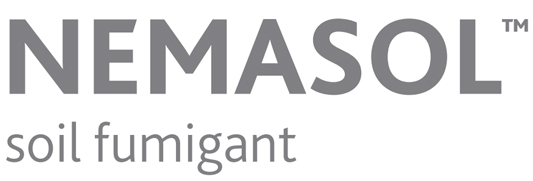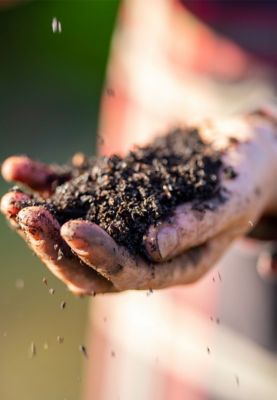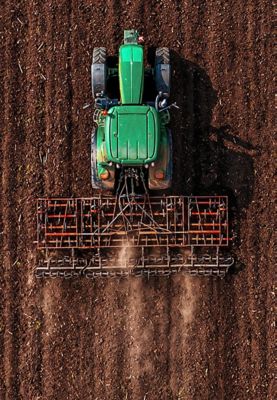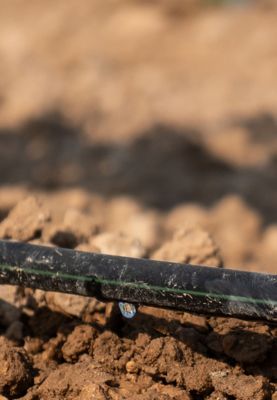- Drip irrigation (also known as chemigation)
Through drip irrigation, the product is supplied as a water-diluted system to irrigation tubes via an automatic dosage controller/dosage pump.
- Soil injection
This method is for the deep application of the fumigant into the soil. There are different injection systems available for field or greenhouse application and different soils; for example, shank injection or goose foot injection may be appropriate depending on the soil type.
- Soil incorporation
With this method the product is also injected into the soil, but this is followed by tilling/mechanically mixing it into the soil, creating an even, homogeneous and well-aerated soil after application.


To learn more about the different application techniques, visit here:









